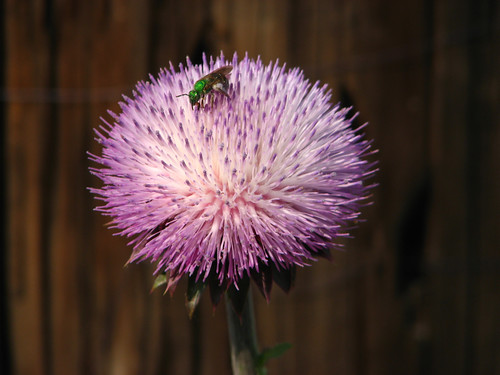Tuesday, March 30, 2021
False Rue Anemone
The False Rue Anemone can be found blooming in early Spring... around March is when I first start seeing them. Although, given that they look like other white wildflowers and given my lack of expertise, I may be misidentifying them!
See also Rue Anemone.
Rue Anemone
I'm not great at this flower ID stuff and there's always a chance I could be mistaken. I think this is a Rue Anemone, which are white or white/lavender or sometimes white/blue wildflowers that blossom in early spring (mid-March to April around here). They have 5-10 petals (sepals, actually, but that's above my pay grade) and are not to be confused with the False Rue Anemone, which is just a tricky little sneak.
Yellow Trout Lily
As I understand it, the Trout Lilies get their name not from the flowers but from the leaves. As you can see, the speckled leaves of the Trout Lily are nearly as beautiful as the leaves. Early spring forests around Indiana and Kentucky (and all over eastern North America) appear to have speckled trout, breaching the woodlands floor. They are called ephemeral plants, so-called because they pop up in early spring (March, around here) and do their blooming all before the trees get their leaves. Once the leaves come out, the Trout Lilies go away until next spring.
See also, White Trout Lily.
White Trout Lily
Also called Dog Tooth Violets, these lovely spring ephemerals are just what you need to see after a long, dreary winter. They are some of the first spring flowers to emerge in this area (shortly after the Cut Leaf Toothworts start showing up). About early to mid-March, you can spot their lovely leaves popping out of the forest floor. See also the Yellow Trout Lily.
True fact: I've never seen a Trout Lily swim.
Wednesday, November 18, 2015
Sumac
The sumac tree or shrub (grows from 3' - 32') has brilliant red leaves in the fall and, about September, has clusters of deep red berries or drupes called sumac bobs (and, as an aside, The Sumac Bobs might be a good name for a stringband composed of fellas named Robert...). These berries can be dried and crushed into a powder and used as a fragrant spice. I've read that it adds a tart and lemony taste when used with salads or meats. I intend to try this out, eventually.
I also hear that this powder can be used to make a red dye or that the berries/drupes can be soaked in cool water, rubbed to extract the essence and be made into an "Indian lemonade" or "rhus juice" (also a good band name). Or that a tea can be made with it... all of which contains antioxidants and vitamins.
So many uses! And these sumacs grow in abundance all around the farm.
NOT to be confused with poison sumac, which has white drupes, not red.
Sunday, June 10, 2012
Thistle
Usually classified as a weed - and a noxious one, at that, with its sharp prickly edges all over making it painful to pull - there is no denying the beauty of its purple blooms.
Fortunately, we don't see too many of these at the farm.
Wednesday, April 11, 2012
Star Chickweed
I will be the gladdest thing
Under the sun!
I will touch a hundred flowers
And not pick one.
~Edna St Vincent Millay
Subscribe to:
Posts (Atom)








